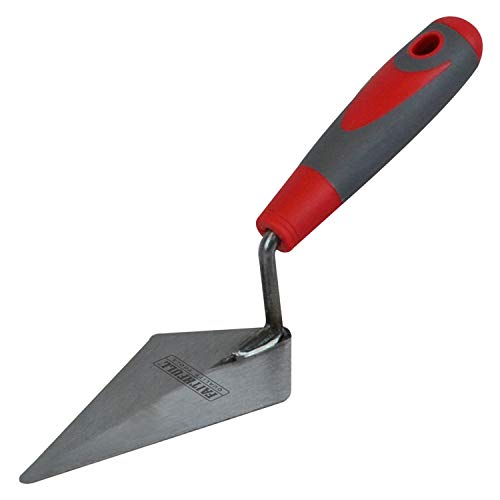The History of the Trowel
The trowel is a versatile tool that has been used for centuries in various cultures and civilizations. Its origin can be traced back to ancient Egypt and Mesopotamia, where early versions of the trowel were used for construction and masonry work.
Ancient Egyptian Use of the Trowel
Ancient Egyptians are known for their incredible architectural achievements, such as the construction of the pyramids. The trowel played a crucial role in these construction projects, as it was used to apply mortar and spread it evenly between stone blocks. The Egyptians developed a rectangular-shaped trowel made of wood or bone, which resembled the modern-day trowel in its basic form.
The trowel was also a symbol of the afterlife in ancient Egyptian culture. It was commonly depicted in the hands of Osiris, the god of the dead, and was buried with individuals to aid them in their journey to the afterlife. These burial trowels were often made of bronze and decorated with intricate carvings.
Trowels in Mesopotamia and Ancient Greece
In Mesopotamia, which includes present-day Iraq and parts of Iran, trowels were used extensively in construction and pottery-making. These early trowels were typically made of copper, which was abundant in the region. The use of trowels in Mesopotamia can be seen in the remains of ancient cities, such as Babylon and Ur.
Ancient Greeks also used trowels in their construction projects, including the building of temples and other architectural structures. The Greek trowel, known as the plinthion, was often made of iron and had a curved blade. It was used for applying mortar and leveling surfaces.
The Evolution of the Trowel in Medieval Europe
During the Middle Ages, the use of trowels in Europe became more widespread. Stone and brick buildings became increasingly popular, and the trowel played a crucial role in their construction. Medieval trowels were typically made of iron and featured a triangular-shaped blade.
As time went on, advancements in metallurgy and blacksmithing allowed for the production of more durable and efficient trowels. The Industrial Revolution further revolutionized the manufacturing process, leading to the mass production of trowels and the introduction of new materials such as stainless steel.
The Modern Trowel and Its Uses
Today, the trowel is used for a wide range of purposes in various industries. In construction, it is used for applying and spreading mortar, leveling surfaces, and finishing concrete. Trowels are also commonly used in gardening for tasks such as planting, transplanting, and smoothing soil.
The modern trowel has evolved to meet the specific needs of different trades. For example, bricklayers use a brick trowel with a pointed blade for precise mortar application, while plasterers use a larger trowel with a broad blade for spreading plaster.
In recent years, there have been advancements in trowel design to improve ergonomics and reduce hand fatigue. Some trowels now feature ergonomic handles and lightweight materials, making them more comfortable to use for extended periods.
In conclusion, the trowel has a long and rich history dating back to ancient civilizations. From the construction of the pyramids to modern-day construction and gardening, the trowel has remained a fundamental tool. Its evolution throughout history reflects advancements in materials and techniques, resulting in more efficient and versatile trowels for various industries.






